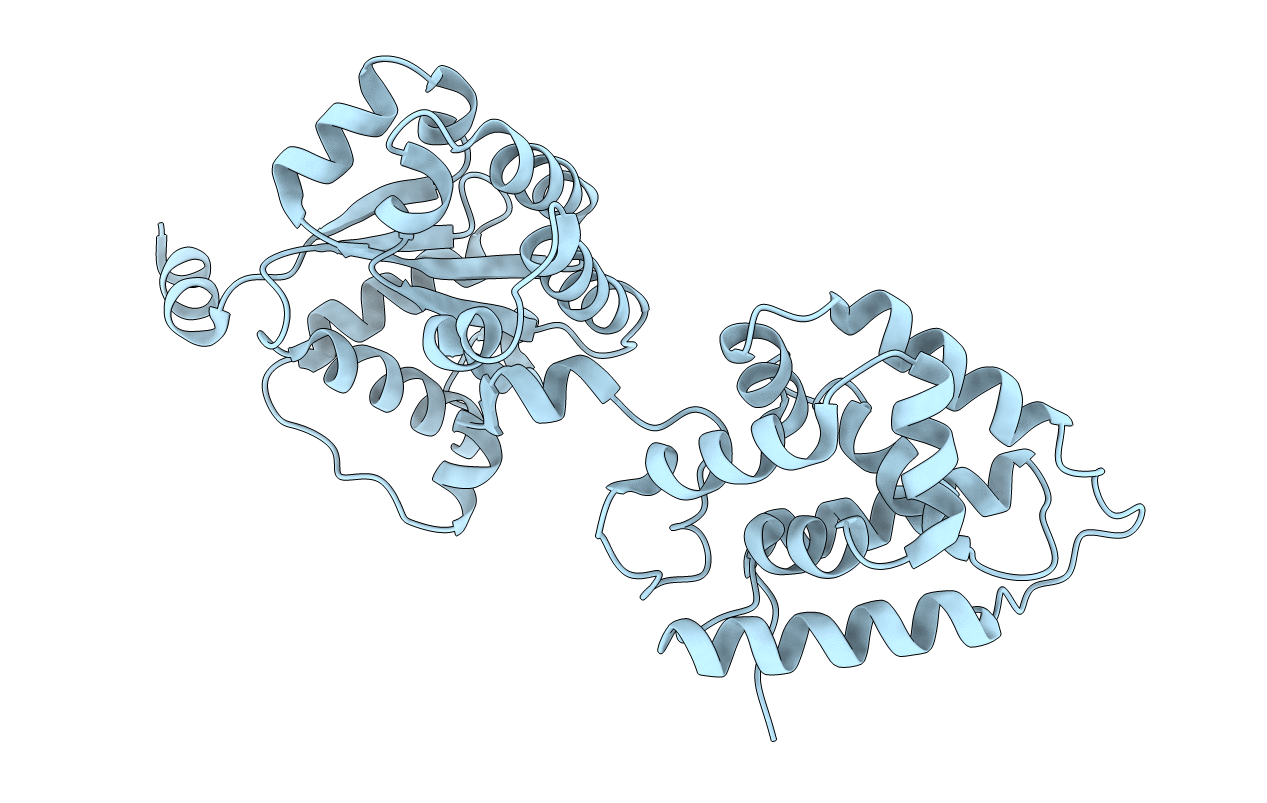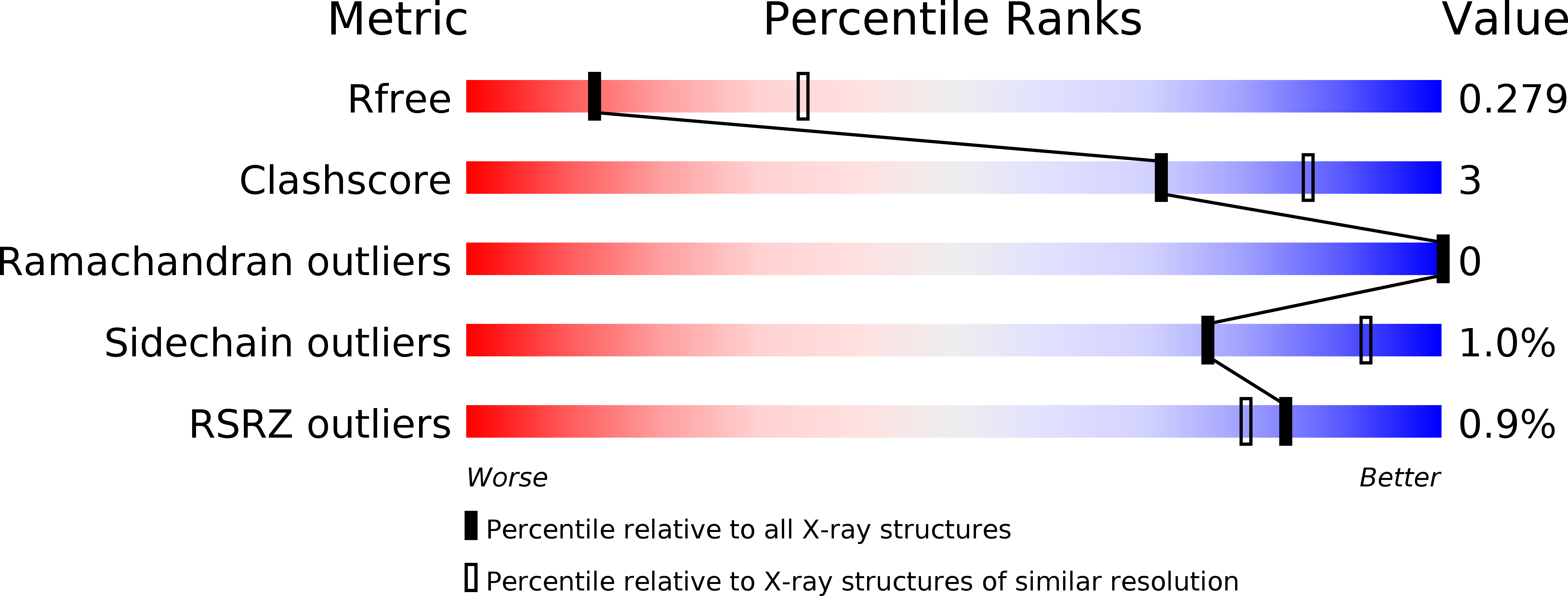
Deposition Date
2017-08-10
Release Date
2017-11-29
Last Version Date
2024-03-13
Entry Detail
Biological Source:
Source Organism:
Host Organism:
Method Details:
Experimental Method:
Resolution:
2.82 Å
R-Value Free:
0.27
R-Value Work:
0.21
R-Value Observed:
0.21
Space Group:
P 65 2 2


